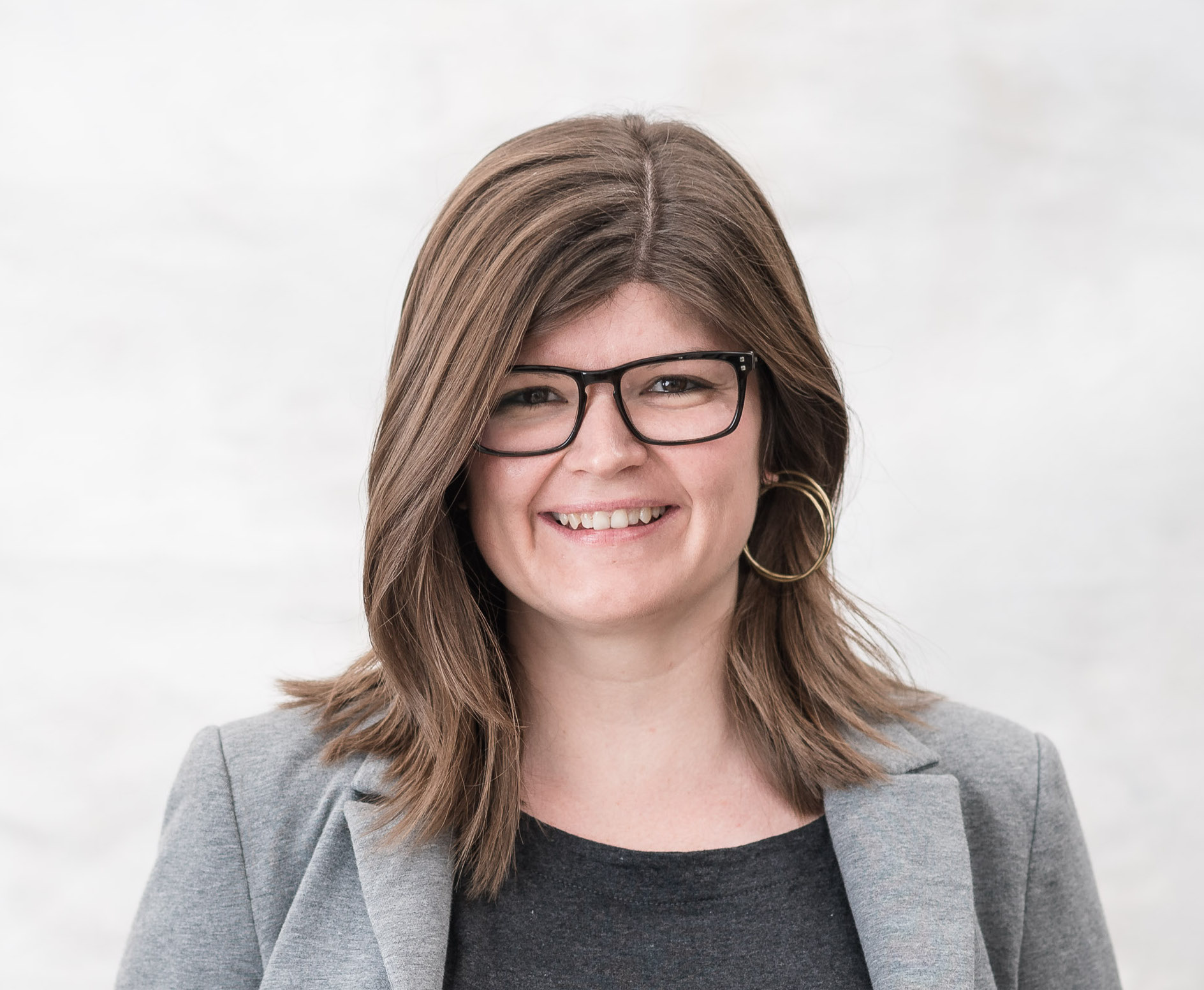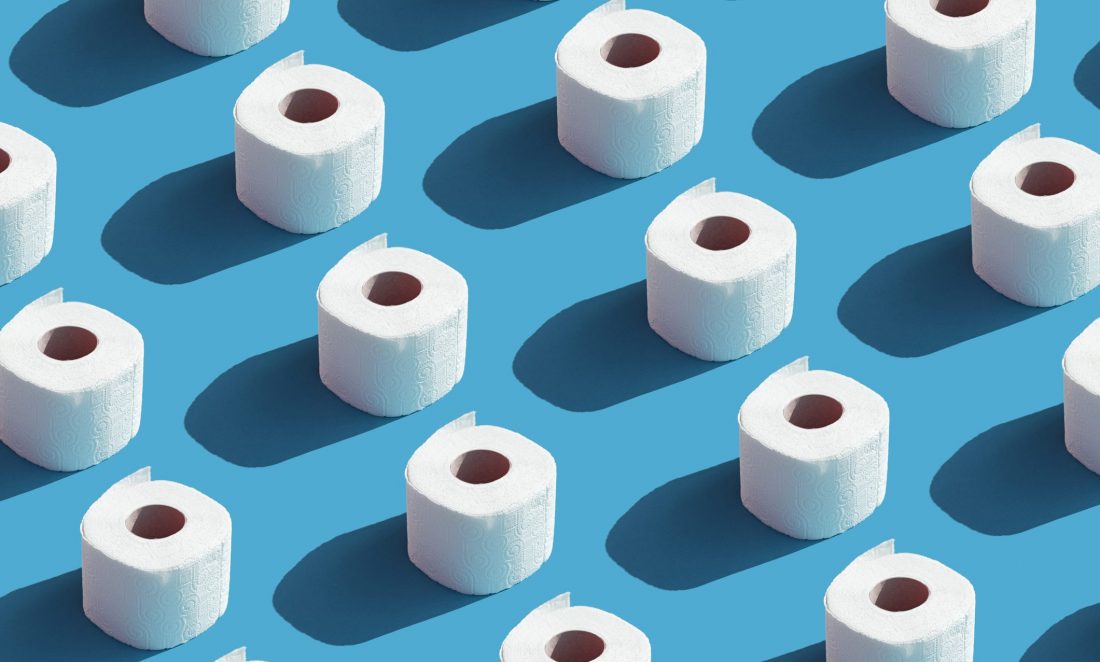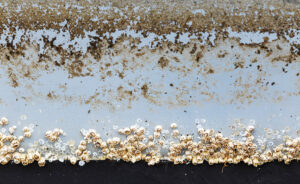You can’t eat it. You can’t drink it. And its use as a weapon is questionable. So why has everyone been freaking out and hoarding toilet paper?
And perhaps more importantly, what do we need to do to all feel a bit more calm?
The answer lies in understanding our reactions, specifically what psychologists and sociologists call collective panic or mass psychogenic illness.
Dr Brené Brown is a research professor at the University of Houston, known for her work on courage, vulnerability, shame and empathy. She describes this phenomenon most simply: “anxiety is contagious”.
And it’s why, throughout history, we see all sorts of situations where panic escalates. Even when a threat is entirely imaginary, like the Salem Witch Trials or the Great Clown Panic of 2016, it can spread like wildfire.
Unpacking collective panic
Although COVID-19 is real, the threat around the scarcity of things like hand sanitiser, 2-minute noodles and now cake mix is entirely human-created.
In some ways the panic we created was eclipsing the reality of the virus itself.
Associate Professor Melissa Norberg is the Deputy Director for the Centre for Emotional Health at Macquarie University. Having written about the psychology of panic buying, she explains how situations like COVID-19 can escalate.
“Toilet paper and hand sanitiser are items that people may use more frequently when sick,” she says. So they use this as a way of judging what they should buy in this new unprecedented situation with COVID-19.
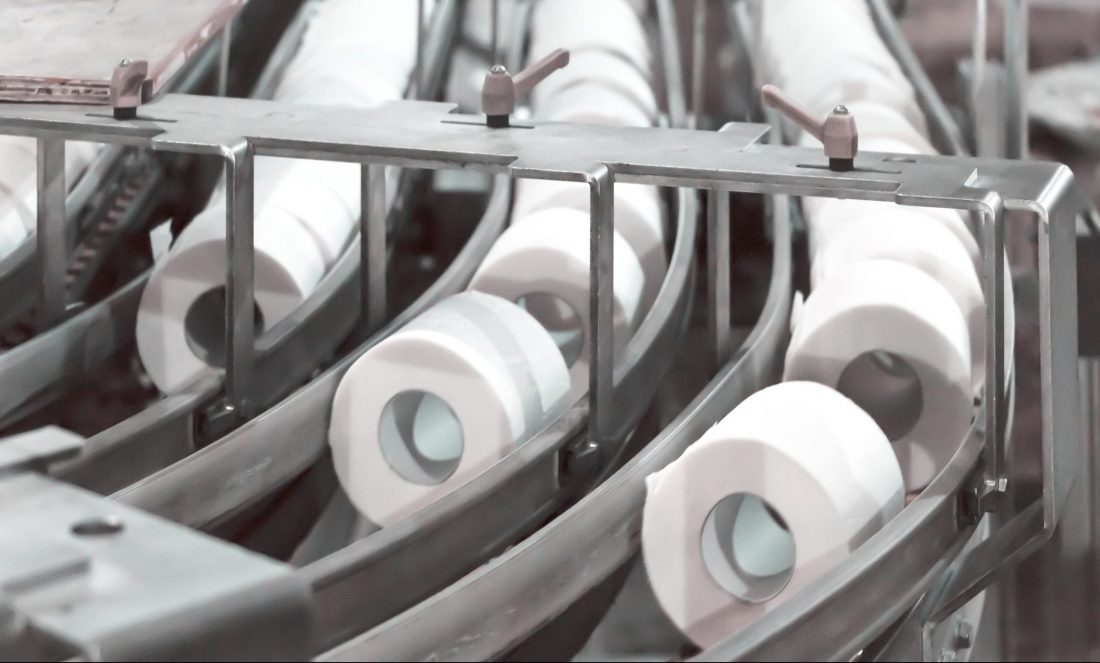
“This increase in acquiring behaviour then led to empty shelves, which then likely led to anxiety in another group of people,” Melissa says. “People who weren’t initially worried by the virus then became worried that certain items would not be available when they need them. This then led to more purchasing.”
This situation continues to escalate. Suddenly the news and social media are filled with photos of empty shelves and videos of insufferably long queues at the shops.
This creates another emotional contagion, which further spurs the panic buying.
“We were bombarded with information that we should be scared because products were in short supply,” says Melissa.
Achieving collective calm
So what can be done not just to preserve our sanity but make sure we all have access to all the toilet paper that we need?
The most simple thing, says Melissa, is to go on an information diet. Reduce time spent on social media and watching the news and focus more on positive stories of people helping each other.
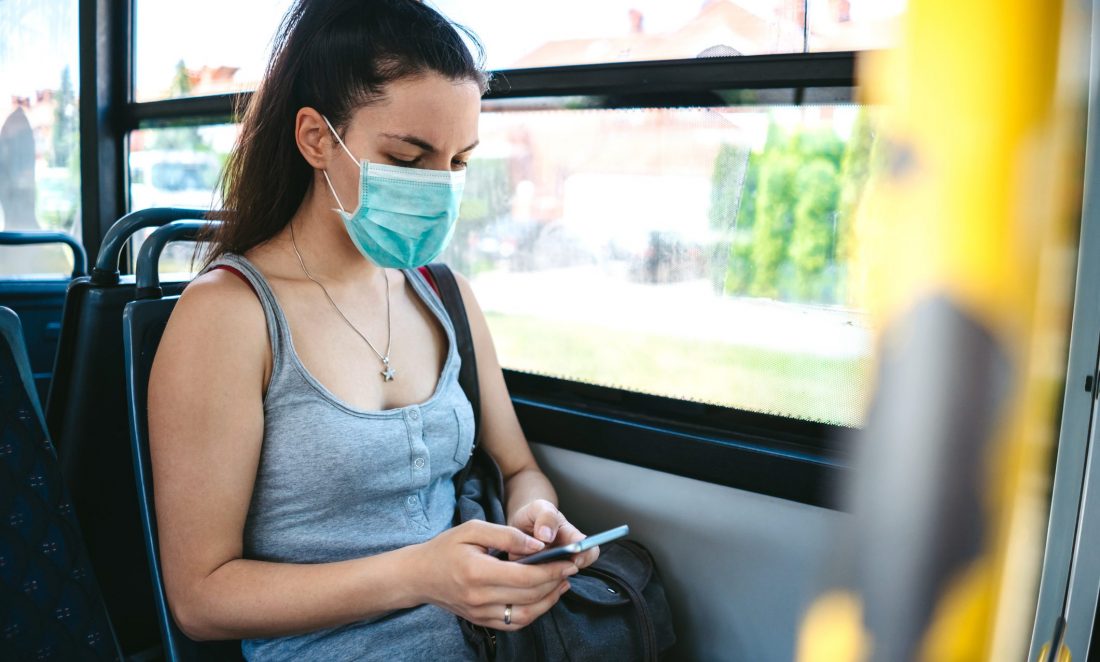
She also says using more positive terms to nudge our thinking to be more optimistic would help us all be more calm and think collectively.
“Using the term ‘physical distancing’ would help, as social distancing may convey, very accidentally, that we should only be concerned about our individual selves. But this is a collective problem, and working with people is what is going to see us through this pandemic,” she says.
Brené’s recent podcast on anxiety also has some great tips on being more calm by being aware of our own personal style of coping with anxiety.
And here’s another thing to encourage calmness in these challenging times. Just as anxiety is a contagion, says Brené, so too is calm.
So stop and breathe. Think about what you can do to spread more calm* today.
*You might not feel calm, and we recognise this. If you’re experiencing feelings of anxiety, distress and concern in relation to the coronavirus (COVID-19) outbreak, you can visit Beyond Blue for access to support.


